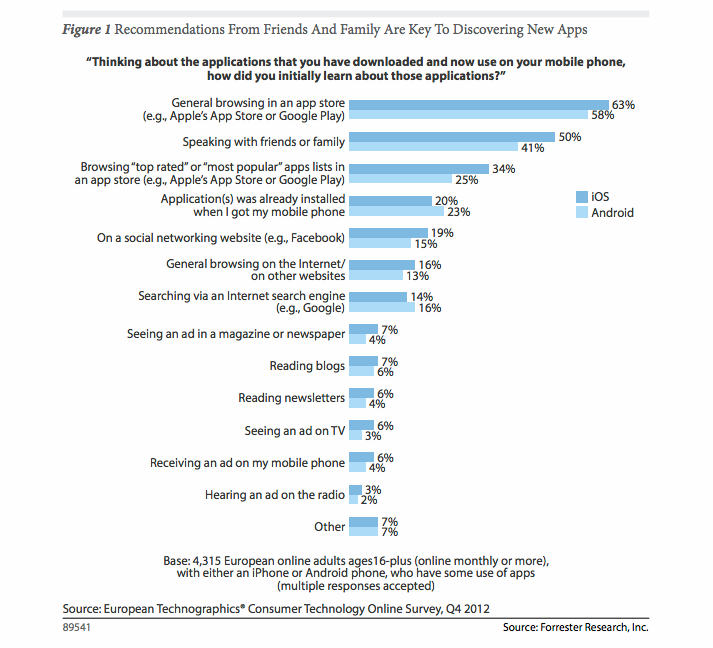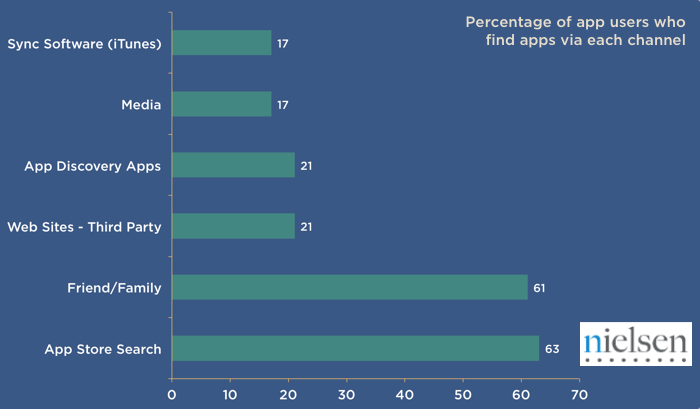Written by Manuel Barrios Carrasco
Index
What is ASO(App Store Optimization)?
The ASO is the optimization of mobile applications in the stores enabled for their acquisition, with the objective of appearing in the first search results of users in these application stores or in the search results of users in these stores. markets, i.e. in the App Store for Apple’s iOS, Google Play for Google’s Android, Windows Marketplace for Microsoft’s Windows Phone, etc.; in order to achieve the highest possible visibility leading to a higher download of the applications.
It is the so-called SEO for mobile applications and the idea is to ensure that when users search for the keywords we want, they find our applications at the top of the list of results in these app stores, generating more traffic to our company. landing The application download rate in the app store and thus achieving a higher conversion of users through their downloads and application updates.
The objective of ASO is to attract more qualified traffic to the application’s page in the different app stores, so that users can download the application.
Why ASO is important
According to Forrester, in a study on online technology consumption, 63% of apps are discovered through searches performed by users in app stores. In other words, it is the most widely used way to discover new applications.
The application market is constantly growingAs thousands of applications are downloaded every day in the different application download stores, you will have to compete with a good number of high quality apps, so you will need to it is necessary to invest resources in the optimization of these markets to improve your ASO and gain visibility.This will allow you to get higher positions in the search results and to be closer to success with that application by having it at the top of the search results ranking.
The use of mobile searches is growing year after year, surpassing even desktop searches, in fact we can see in ComScore data how in the 10 most visited properties, 34% of its visitors are users from mobile devices, most of them from applications. In addition, for online stores, 78% of users access through a mobile application, 44% if we talk about users who do so through tablets.

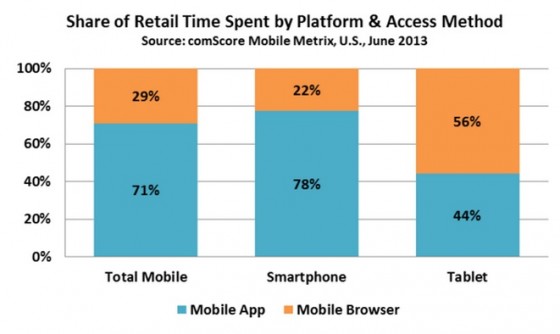
Nielsen, on the other hand, agrees that 63% of users found the application through searches in the app stores.
In addition, if you start working on the ASO of your mobile applications, you have a great advantage, because most of the competition, developers and app creators, are not optimizing theirs in the app stores, so it can be a huge competitive advantage.
Elements of SWA
If we have convinced you to work on the ASO of your mobile application, we will now tell you the main elements to take into account:
On-Metadata ASO Factors
Title or name of the application
The title must include the name of the application as well as the keywords by which we want the user to find us when searching for applications in the stores or markets. It should be descriptive, attractive and clearly give us an idea of what the mobile application is.
As we have different application stores and each one has its own rules when it comes to establishing the different metadata, we will have to act and work the application differently in the different markets:
- App Store, for iOS: we have 255 characters for the title, so we must include both the name of the application and the keywords for its correct positioning. It must be a natural, clear and convincing writing.
- Google Play, for Android: we have more restrictions, as we only have 30 characters for the title, so we must be very precise, descriptive and include the most relevant keyword to the application.
- Windows Marketplace, for Windows Phoneas in the first one, we have 255 characters with the same recommendations, except that it offers the possibility to reserve several names for an application, so you can have names focused on different keywords or use them if you run the application in different languages for users of different languages.
Keyword
In the case of the App Store or Windows MarketplaceIn the Android Google Play, there is the possibility of including a keyword section, 120 characters in the Windows App Store, to include up to 8 words; and 100 characters in the App Store.which recommends the use of keywords more specific than the generic ones already used in the title or name of the application.
Of course, it is essential to perform a keyword search or keyword research, to detect the search volume of these words, their relevance to the application and the user and not to repeat those included in the title. Enter them separated by commas without using spaces.
Description
It is practically the same as the meta tag description for URLs in SEO, i.e., it is a matter of including a clear and precise description of the app, including synonyms or different constructions of the keyword, relevant to the user and above all convincing the user to download the app. It is the most commercial part and where we have more space to predispose the user to download. It is always important not to abuse over-optimization, as all application stores penalize it and it can lead to the expulsion of the application.
It is important to note that the first two sentences are the most important in the description, the most visible.
- App Store: it is not taken into account to position the application in search results, but it is essential to make use of it as a commercial tool to influence the user’s willingness to download it.
- Google Play: we have 4,000 characters for the description.
- Windows Marketplace: the limit is 2,000 characters and has a real important weight in the positioning.
Icon
The demands of today’s market, as well as the need to differentiate and add value, require a good work of the icon, so that it is not only relevant, but also very attractive and constitutes a definitive call to action. It is usually the first image and interaction that people have of the application, and it is the main brand image, so it must be creative and show what our application is. Do not disdain its design.
It is essential for branding or brand enhancement to use the same icon in all app stores.
As a differentiating note, in the Windows Marketplace there is the possibility of having, in addition to the main icon, 3 promotional ic ons for highlighted areas of the application store.
Name of developer
It is an important factor because the app stores value developers and both the seniority of the developers and the apps in which they have participated, make it an element that adds value in the positioning of the app in which it participates. It is important that the developer’s name includes keywords.
Category
It is important to categorize the application to place it in the optimal categorization made by the application stores.
- App Store: you can include the application in a main category and in a secondary category. Include it in both as long as it is relevant to those categories.
- Google Play: choose the relevant category.
- Windows Marketplace: the application can be included in a main category and, depending on the number of existing applications, in a subcategory.
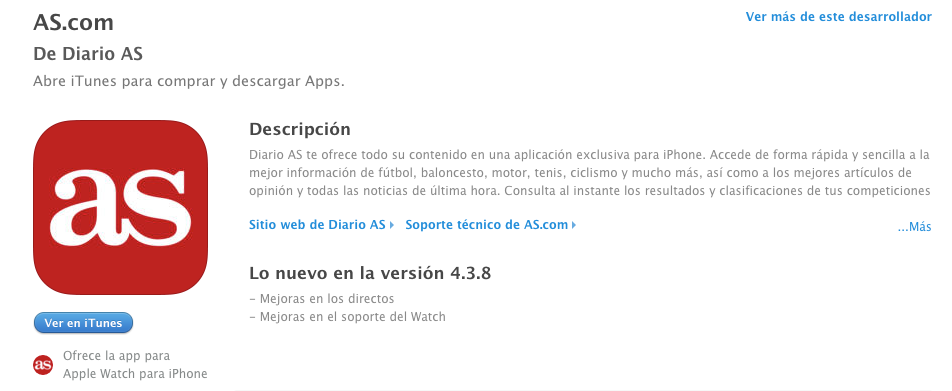
Images or screenshots of the application
One of the most attractive utilities for the users is to be able to see the screenshots, because you will be able to see what you will find in the application later.
Use the most striking images that best define your application, capture the user’s attention and sell your application through the image you transmit.
- App Store: we have the possibility to upload 5 screenshots of the application.
- Google Play: we can include 7 screenshots.
- Windows Marketplace: there are 8 screenshots that can be added in 3 different resolutions.
Videos
In the Android app store, you are allowed to add a video promoting the app or explaining how the app works. In the rest of the main stores, it is not possible to do so.
URL
All application stores give us the possibility to include the URL of the developer and the company to which the app belongs.
It is advisable to include it, so that the user can see the origin and even generate traffic to our website to be more relevant and provide the information they need.
In both the App Store and the Windows Market we can include the URLs of the brand and the corresponding technical support, while in Google Play we can include links to the brand’s social networks.
Off-Metadata ASO Factors
When it comes to positioning the application in the search results of the app stores, not only the On-Metadata factors influence, but also those that correspond in equivalence to the Off-Page SEO, the Off-Metadata factors.
Installations or downloads of the application
Application stores take into account the number of downloads of the application and this is possibly the most relevant factor for the platforms when it comes to positioning the application. This is what measures the real success of the application, whose main objective is to be downloaded, so it is the most important.
The number of downloads in the first days is fundamental, as this will determine its quick positioning and with it a greater number of downloads, feeding the positioning again. Because of this, it is advisable to use all the means and channels available to the brand in order to get installations in the first days of the launch of the application in the different markets.
User ratings
All app stores take user ratings into account as a factor in positioning the app in search results. All ratings follow the same pattern from 1 to 5 stars and those that receive more positive ratings rank higher.
It should be noted that the purchase of positive ratings is not supported in any application market. In fact, any of them penalize both the purchase of such valuations and those received in an unnatural way.
They will always consider relevant for users and therefore will have a better position in the search results, those applications that have had many evaluations being these of high scores, 4 or 5 stars, since they will determine that they are liked and downloaded, being much more relevant than those applications with negative evaluations or with very few positive ones.
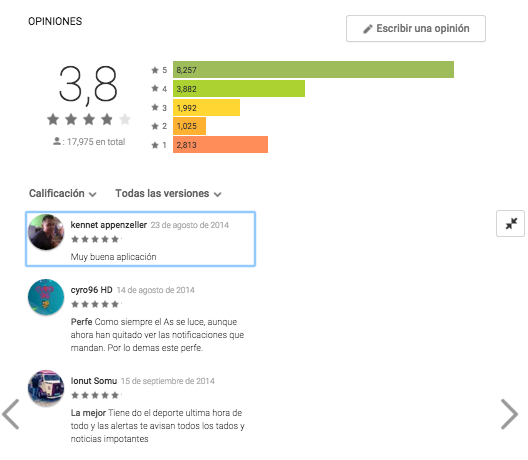
Comments
They are taken into account when it comes to positioning, the more positive comments the application receives, the more we help it to be positioned. If we check the applications at the top of the results, they usually have a lot of comments.
Uninstallations
Application stores, just as they measure downloads to give a positive value to applications, measure uninstallations, i.e. those that once downloaded end up being uninstalled.
It is convenient to have an optimal ratio between downloads and uninstalls so that they are considered as relevant and satisfactory applications for the user and do not penalize us in the positioning.
Google+ and Linkbuilding
Linlkbuilding or the generation of external links that naturally recommend our applicationsThe application is also being valued by the application stores, in this case Google Play, which, since it belongs to Google, receiving links to the application in its main search engine will be taken into account for the positioning of the application. Likewise, your applications can be rated with +1’s on Google+. The more +1’s the application contains, the better the quality of the application, as the user is recommending it publicly.
As with the ratings, the practices of buying links or +1, are penalized by Google Play.
To drive these Off-Metadata factors, we will have to develop a marketing strategy in which we can invest time and financial resources. We must not neglect the means at our disposal such as online advertising of the application, whether on Google AdMob, on social networks with Facebook Ads, Twitter Ads or through the Affiliate Marketing for applications. eMail Marketing actions, BIDI codes, Geomarketing, etc. together with the use of more traditional media such as press advertising, television, app reviews, press releases, will help to favor these determining factors by boosting quick downloads, ratings and opinions and improving the rate of uninstallation of applications.
Examples of items in the app stores
Here is an example of how this metadata (on and off) is collected in the different application markets.
Apple App Store for iOS
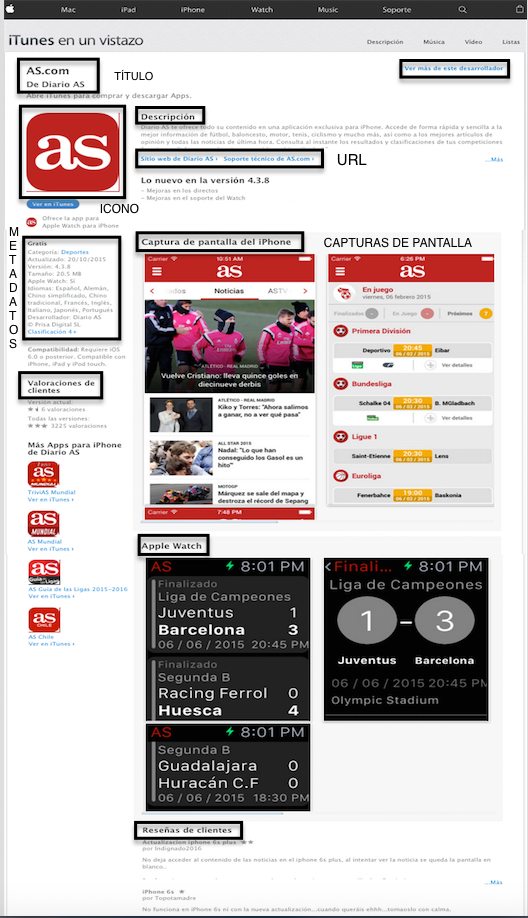
Google Play for Android by Google
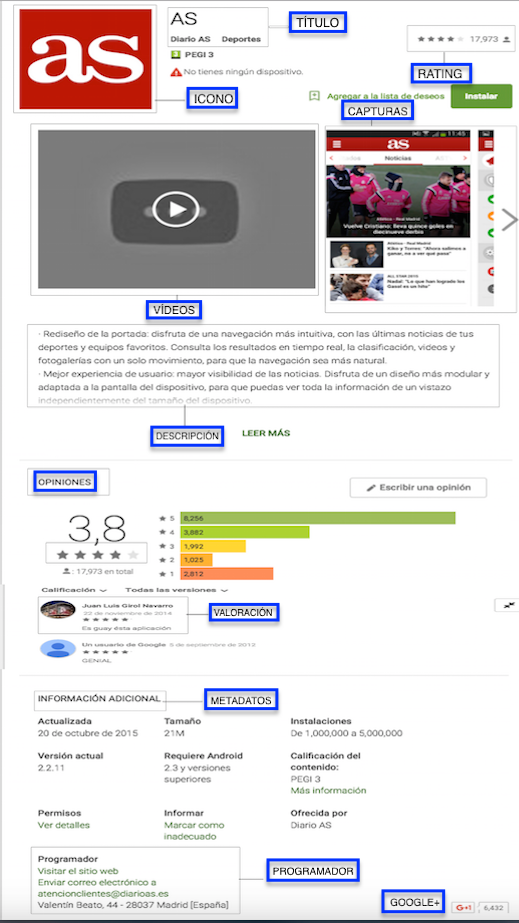
Windows Marketplace for Windows Phone from Microsoft
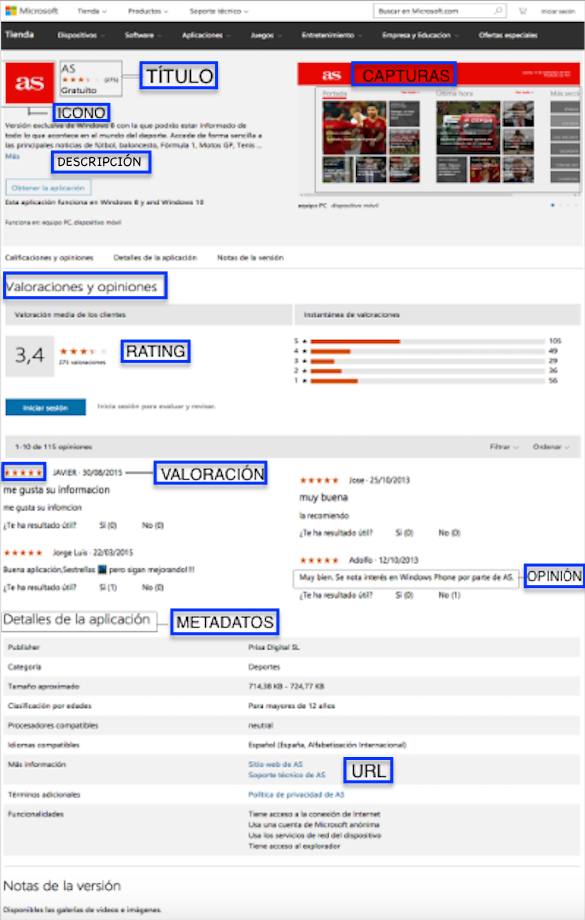
In short
We have been able to see the ASO in the main app stores, we remind you that there are others such as the Amazon Appstore, Aptoide, F-Droid, SlideMe or MoboMarket.
Focusing on the 3 main ones, we must therefore try to work on both types of factors, those on which we can act directly, with the aim of a selection, after study, of the most important optimal keywords according to our objectives, an attractive description and driving to the discharge, owning a leading design icon to be an attraction in itself, to enhance the predisposition to downloading with a few screenshots of the application, or videos on Google Play, incredible for the user, and always without forgetting to fill in all the data as the developer’s names, URLs to the application or brand and its technical support or correctly categorize the application.
At the same time, do not neglect “external” factors on which we can have an impact with our strategy, achieving an large number of downloadsespecially at the beginning of the launch of the application, with an excellent quality that reports us positive comments and ratings and low uninstallation rate demonstrating the quality of the application. Do not forget also the +1 on Google+, the generation of links in search engines to the download of the application or the work of generating popularity of the same.
Are you optimizing your apps in the app stores, are you developing an ASO strategy to achieve your goals?
